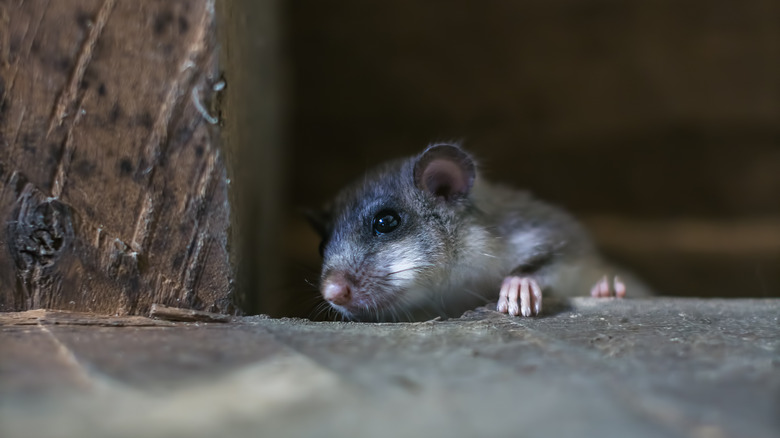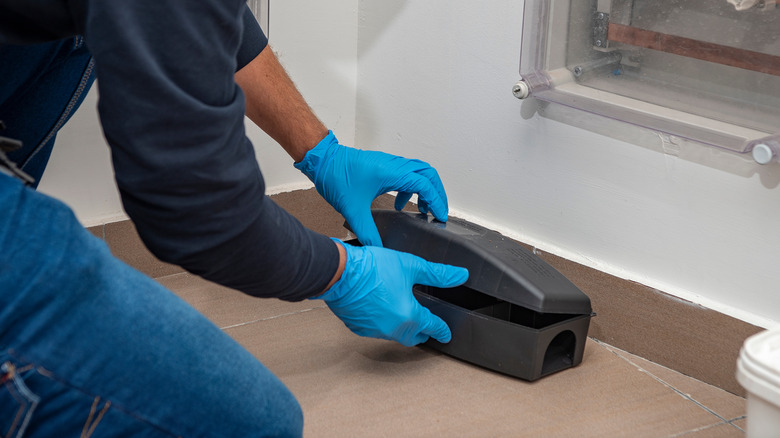The Best Way To Get Rid Of Mice In Your Attic
Finding mice in your attic? It's as distressing as it sounds. These little guys might look harmless, but don't be fooled; they can cause quite a bit of damage and pose some serious health risks. If you're facing this issue, take a deep breath. You've got several ways to tackle it. You'll need a mix of smart strategies, including cutting off their food supply, setting the right traps, and sealing up those sneaky entry points for mice. But you need to act fast because mice are baby-making machines. A single female mouse can give birth to as many as 10 litters a year, and each litter comes with about five to six little pups. This means a small mouse problem can snowball into a full-blown infestation in no time. That's why you need to be quick and assertive in your response.
That being said, it helps to understand why they find your attic so attractive. Well, mice are looking for a few key things: shelter, warmth, and a safe spot to raise their families away from predators. It's less about them invading your space and more about them finding a haven that meets their needs for survival and reproduction. And attics are like five-star resorts — quiet, undisturbed, and cozy. This is perfect for them but not so great for you. Now you know why they're entering, but it's also important to understand how they get in and the signs of their presence.
How mice enter and signs of their presence
Identifying signs of mice is like playing detective in your own home. You know something's up when you start seeing those telltale signs that mice have moved into your attic. The good news is that mice aren't the best at covering their tracks. First off, mouse droppings — which look like pointed, dark pellets — are a big giveaway. You might find them scattered along the attic floor, tucked away in corners, or near potential food sources. In less-traveled, dusty areas of your attic, you might also catch sight of their tiny footprints. Then, there are the less obvious clues, like strange noises (little scuttles or scratching sounds), especially at night since mice are nocturnal. And don't forget to look for gnaw marks. These little critters love to chew on things, whether it's your stored-away Christmas decorations or the wooden beams of your attic. If you see tiny bite marks or shredded materials, it's a sign you've got uninvited guests.
Now, how do these tiny creatures get into your attic in the first place? Well, they often find their way in through small holes or cracks in your home's exterior — think vents, gaps near utility pipes, or even roof damage. They're also known to climb up drainpipes or even nearby trees to find an entry point into your cozy attic. So, while you're playing detective inside, don't forget to take a look outside.
The best strategies to eliminate mice in your attic
Mice, like humans, need food to survive. They're not picky eaters, so even the smallest crumbs can be a feast for them. To eliminate mice, ensure that your home, especially the attic, is free of food scraps. Be thorough in your kitchen, too — store food in airtight containers and keep those counters clean (and don't overlook areas you might be forgetting to clean). Remember, if there's nothing to eat, they won't stick around for long. Mouse traps are also necessary. There are various types to consider: snap traps (for a quick solution), live traps (which can get rid of mice humanely), and glue traps (which can be a bit messy). Position them strategically in your attic, especially near walls, as mice tend to scurry along these areas. Check and reset these traps regularly, and be prepared. It might take a few tries to catch these clever critters.
Also, don't forget to seal foundations and gaps around windows or any other area with robust materials like steel wool or caulk. Finally, don't underestimate the power of natural deterrents, like peppermint oil. Soak some cotton balls in it and scatter them around your attic. Although this is based solely on anecdotal evidence, the strong smell of peppermint might irritate them. It's not a standalone solution, but when combined with other methods, it adds an extra layer of defense. If the situation feels out of control, calling in professional pest control is a wise move. They bring in the heavy artillery, so to speak, with more sophisticated traps and strategies that might be beyond your scope.


